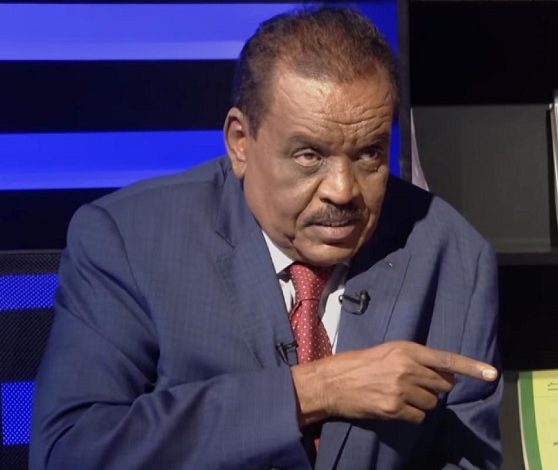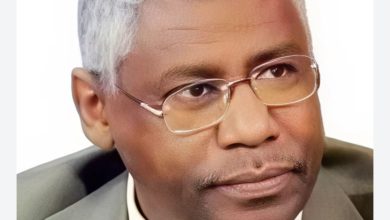Another visit to history: from (Maraheel )to the Militias

Dr. Amr Mohamed Abbas Mahjoub
During the period from 87 to 1989, 27 Arab tribes (the Arab Gathering) allied against (Zurqa )groups. The Sudan People’s Liberation Movement ( SPLM) had increased its military operations, and achieved remarkable progress in a number of areas in southern Sudan, the Nuba Mountains in 1985 and southern Blue Nile in 1987, and tried to expand in South Kordofan. During the government of Sadiq al-Mahdi (1986-1989), the former Minister of Defense, Maj.Gen. (Rtd.) Fadlallah Burma Nasser, was tasked with distributing weapons to the Arab tribes, particularly in the areas of Darfur and Kordofan bordering southern Sudan.
The declared purpose of arming the Arab tribes, which were called (Al-Maraheel ), was to protect their livestock from being targeted by the SPLA forces, and the underlying goal was for these Arab militias to work side by side with the Sudanese armed forces SAF in fighting the SPLA (to protect religion and Arab identity), as the central government used to say.
The Mahdi government, through Burma Nasser, enacted the “Popular Defense Law”, which was approved by the Council of Ministers in the coalition government between the Umma Party led by Sadiq Al-Mahdi and the National Islamic Front (NIF)led by Hassan Al-Turabi.
It was supposed to be approved by Parliament, but it was postponed until the Islamic Front seized power through its military coup led by Omar Al-Bashir. (Al-Maraheel ) was established in 1986 as a militia that did not receive wages from the central government in exchange for supporting government forces in the war, and did not demand compensation for its martyrs, but rather obtained its wages and compensation by looting livestock and property and kidnapping children and women.
Maraheel caused the death of many innocent people, such as the massacre of Al-Daien, which claimed the lives of hundreds of Dinka, who were burned in train carriages in Al-Daien in May 1987, and the government at the time was content with condemning the incident only.
The government did not form a fact-finding committee in Al-Daien, nor did it attempt to arrest the criminals and bring them to justice, so that it would be a lesson to anyone who would dare to commit such a heinous crime.
What the government of Al-Sadiq Al-Mahdi did was a catastrophic mistake, if not a serious constitutional crime. After the SAF had been immersed in fighting rebel movements since the fifties, it brought militias from the population into the war.
This was in response to the population’s request for protection or arming, and it was logical, constitutional and moral that the state should do its duty to protect the population, but it chose to arm itself.
These measures will transform the Arab tribes in Kordofan and Darfur from (Marmatun), Damein and Abu Khamsa rifles, which were weapons used in hunting and protecting cows from the Hambatas, particularly Abbala , to the Kalashnikov, Dushka and others.
The measures of Al-Sadiq’s government laid the groundwork for the Salvation coup, from the tribal arming program, to the mobilization of large sectors of the Sudanese people, in the Popular Defense camps that were active in the early nineties of the last century in the process of militarizing the people.
It was customary in Kordofan areas for the citizen to receive the weapon and go to military operations and then that weapon became the property of the citizen. The weapon developed and the tribes came to possess heavy artillery from Dushka to RPGs, Land Cruiser vehicles and others.
This later led to tribal wars, between the Arab tribes themselves, unprecedented in the number of deaths, such as the Ma’alia tribe with the Rizeigat tribe, which claimed more than (200) victims, conflicts between the Misseriya clans that resulted in more than 400 deaths, the war of Zayoud and Bani Imran and other tribes that were fighting among themselves.



